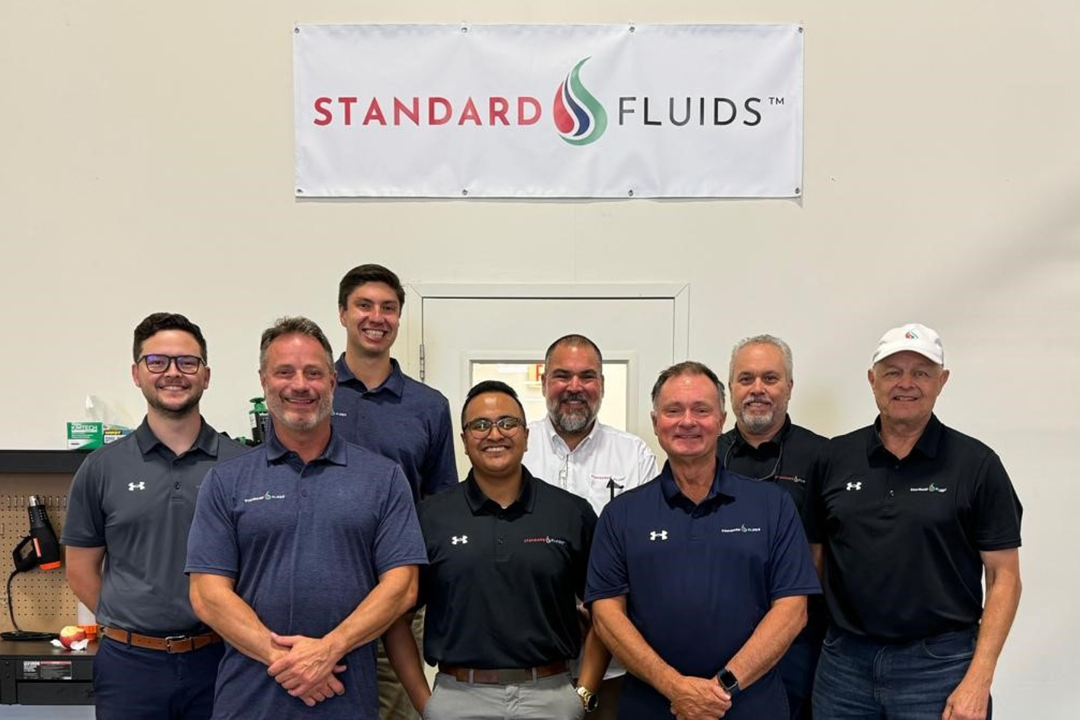
Recent Posts
- Out and About with Kelvin Cabrera: Sharing the Standard Fluids Story Around the Globe
- Standard Fluids Corporation Announces Strategic SalesAgreement with MicroCare LLC
- From Mainframes to AI: The Evolution of Computing and Cooling Technology
- Fire Has Nowhere to Hide with SF 1230™ Fire Protection Fluid!
- Join Standard Fluids Corporation at SFPE Atlanta!







